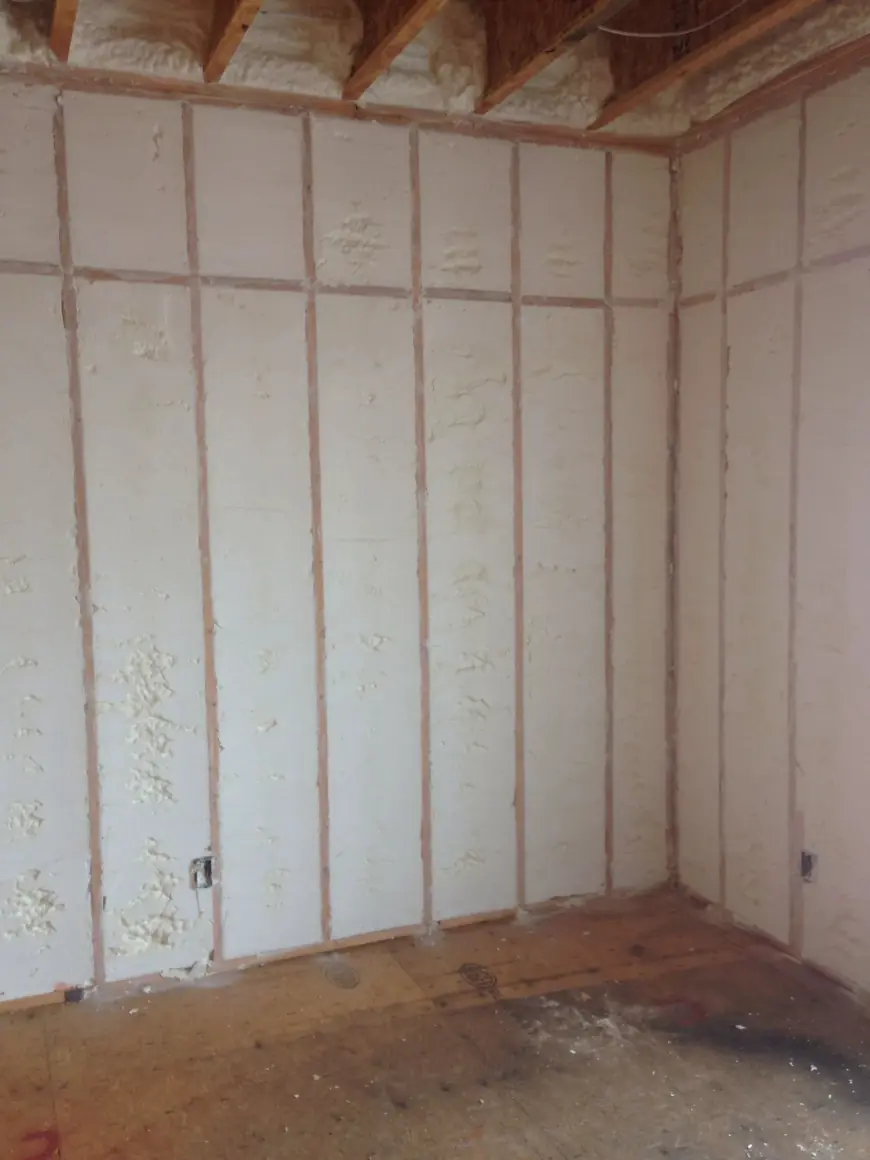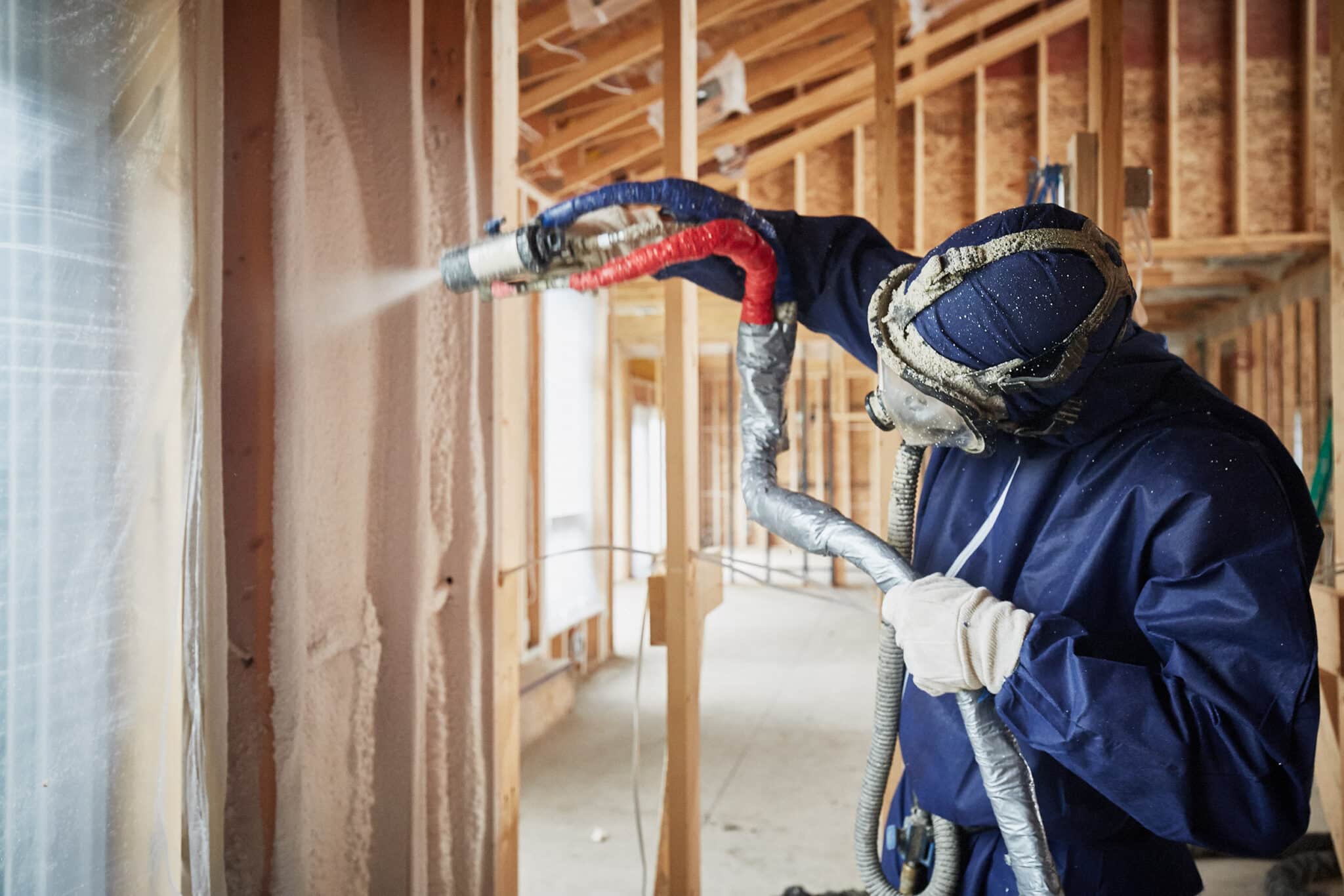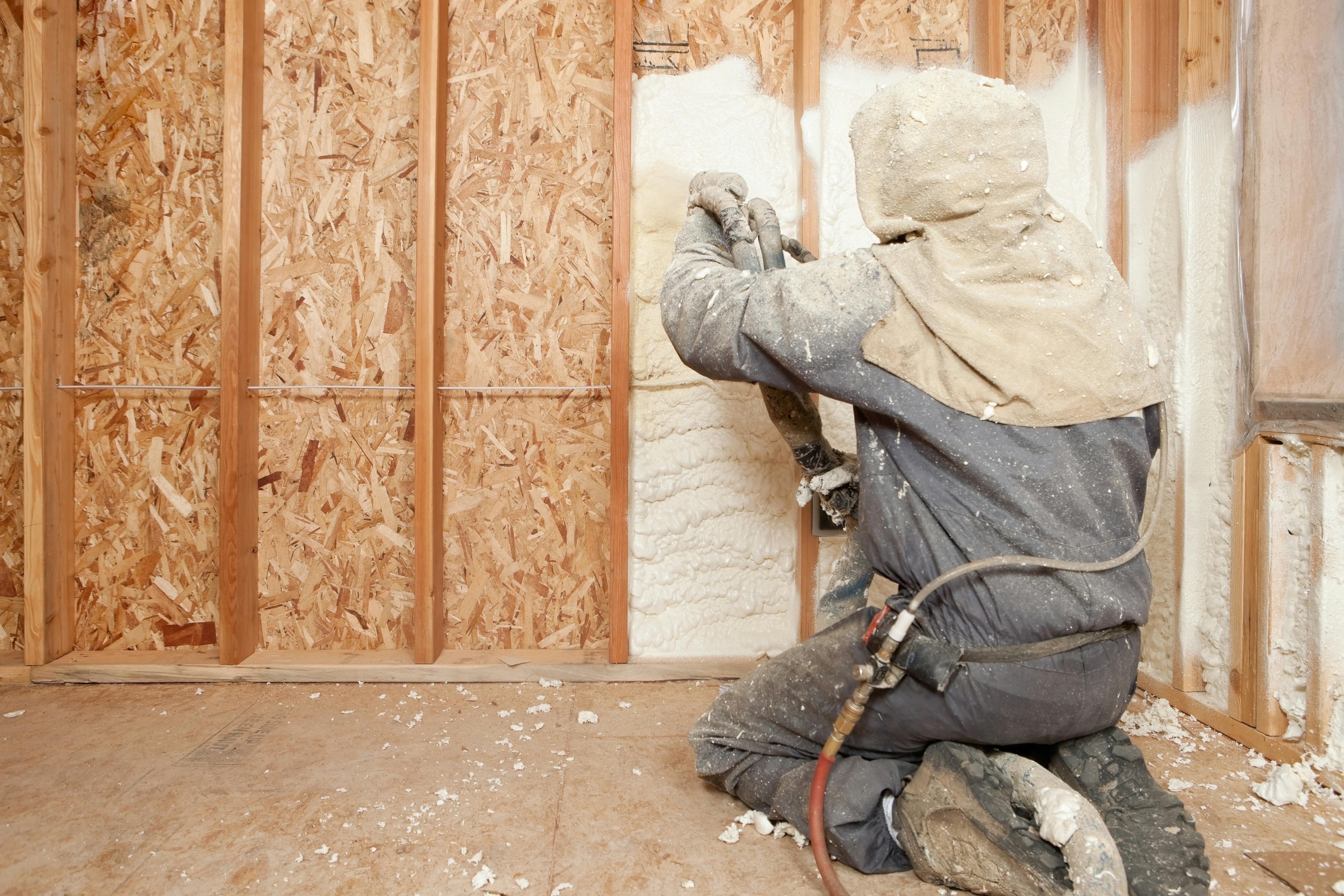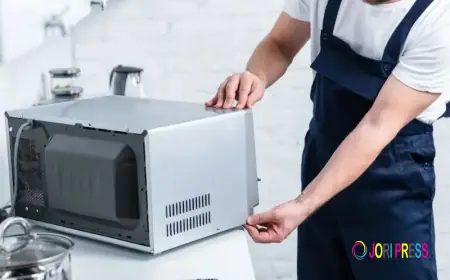How Insulation Experts Improve Your Home’s Indoor Air Quality

Spray foam insulation plays a key role in how homes and buildings manage moisture, airborne particles, and external contaminants. While energy savings is often the headline benefit, indoor air quality is another major reason why homeowners and commercial property owners in Redmond, WA are investing in the expertise of insulation professionals.
This article explores how trusted spray foam insulation specialists influence indoor air quality through material choice, application methods, and long-term air control strategies. Whether improving a residence or retrofitting a commercial space, insulation work impacts the air people breathe daily.
The Connection Between Insulation and Air Quality
Effective insulation creates a controlled air barrier between outdoor conditions and indoor spaces. Professional spray foam team focus on more than just energy performance—they address pollutant control and indoor humidity balance.
Spray Foam's Role in Limiting Outdoor Contaminants
Spray foam insulation seals gaps that let in dust, pollen, smoke, and outdoor irritants. Its high expansion rate and adhesion properties allow full-coverage installation in attics, walls, and crawlspaces.
-
Closed-cell spray foam provides a dense barrier, minimizing particle intrusion.
-
Open-cell foam contributes to sound dampening and can help filter airborne particulates when properly applied.
Moisture and Mold Prevention
Moisture management is essential for maintaining clean air. Residential foam insulation pros use closed-cell foam to restrict vapor movement in humid spaces.
-
Reducing moisture limits microbial growth and airborne mold spores.
-
Foam insulation consultants evaluate indoor humidity risks before recommending materials.
Reducing Internal Pollutant Circulation
Insulation upgrades impact how indoor air moves. By sealing leaks and pressure differentials, local spray foam experts help contain pollutants like VOCs, cooking emissions, and pet dander.
-
Tighter envelopes reduce air turnover from attached garages or basements.
-
Balanced air exchange systems can be calibrated after insulation to ensure healthy air renewal.
Choosing the Right Material for Indoor Health
Material selection affects more than R-value. The chemical composition, off-gassing characteristics, and moisture resistance all shape air quality outcomes. Knowledgeable insulation professionals evaluate these factors before installation.
Low-Emission Insulation Options
Experienced spray foam teams use products that comply with strict emissions standards.
-
Look for insulation with GREENGUARD Gold certification or equivalent.
-
Ask insulation advisors about curing time and re-entry recommendations.
Closed-Cell vs. Open-Cell Foam
Closed-cell spray foam is favored for industrial buildings for its strength and low perm rating. The material must support heavy-use environments and withstand high humidity or vapor pressure.
Health-Conscious Application Techniques
Professional insulation work limits exposure risks by following safe application protocols:
-
Temporary vacating of premises during application
-
Use of ventilation equipment during curing
-
Proper PPE for applicators and site preparation for safety
Local Climate Factors in Redmond, WA
Redmond’s climate presents distinct challenges: wet winters, moderate summers, and frequent airborne allergens. Insulation solutions must address year-round exposure to moisture and seasonal pollutant fluctuations.
Managing Humidity and Rain Exposure
In Pacific Northwest structures, vapor intrusion and condensation risk demand materials that resist mold development and maintain envelope tightness.
-
Closed-cell insulation is preferred for subfloors and wall cavities in moisture-prone zones.
-
Foam insulation consultants inspect building orientation and envelope integrity to guide moisture control.
Mitigating Seasonal Allergens
Insulation experts improve indoor protection against tree pollen and wildfire smoke.
-
High-performance air sealing limits allergen entry.
-
Insulation upgrades support HVAC efficiency, allowing better filtration.
Retrofits in Older Redmond Buildings
Many homes and buildings in Redmond were constructed before energy codes incorporated air quality standards. Trusted insulation specialists assess existing conditions before recommending solutions.
-
Wall cavity retrofitting with foam improves both thermal performance and pollutant defense.
-
Crawlspace encapsulation reduces radon pathways and mold growth.
Long-Term Air Quality Benefits of Professional Spray Foam Installation
Professional spray foam application delivers measurable and lasting air quality improvements. The difference becomes evident across seasons and after system upgrades.
Consistent Indoor Air Pressure
Sealed envelopes stabilize pressure, preventing uncontrolled air movement from garages, attics, or basements. Balanced systems result in:
-
Lower dust and odor migration
-
Reduced HVAC load variation
-
Stable temperature distribution
Improved Filter Performance
HVAC filters work better in tightly sealed buildings. With fewer leaks and entry points, filter media capture more particles and require less frequent replacement.
Fewer Respiratory Triggers Indoors
Homeowners with respiratory conditions often report symptom relief after insulation upgrades. By removing moisture and allergens, foam insulation improves living conditions across demographics.
FAQs
How does insulation affect indoor pollutants? By sealing leaks and limiting air exchange with outdoor sources, insulation restricts the entry and circulation of contaminants like dust, pollen, smoke, and mold spores.
Can insulation reduce mold risks inside a home? Yes. Closed-cell foam insulation acts as a vapor barrier, preventing moisture accumulation that leads to mold growth. Proper installation is critical for this effect.
Is spray foam safe for indoor air quality? Spray foam is safe after it cures. Professional spray foam teams use certified low-emission materials and follow proper protocols to limit exposure during and after installation.
Does older insulation hurt air quality? Yes. Outdated materials like fiberglass batts often collect and distribute dust, allergens, and moisture. Replacing them with modern solutions improves both efficiency and indoor health.
How do insulation upgrades interact with HVAC systems? Better-sealed homes reduce the strain on HVAC equipment and allow more efficient air filtering. It may be necessary to recalibrate systems for proper air exchange after insulation.
Ready to Achieve Energy-Efficient Indoor Performance?
Spray foam insulation improves both the efficiency and health of indoor environments. For homes and buildings in Redmond, this means better control over temperature, moisture, and airborne pollutants.
Cascadia Spray Foam of Seattle helps residential and commercial clients install long-lasting insulation systems that support better indoor air outcomes. Their experienced spray foam teams work with each building’s layout, exposure, and usage patterns to recommend the right mix of materials and strategies.
Call (425) 386-3500 to speak with insulation advisors at Cascadia Spray Foam of Seattle or email [email protected] to schedule a consultation.
Reviewer: Olivia Thompson has spent 10 years working in spray foam insulation, helping companies grow their visibility. She reviewed this article and provided valuable suggestions on how to better align the content with the needs and expectations of customers, ensuring it resonates with the target audience.
What's Your Reaction?
 Like
0
Like
0
 Dislike
0
Dislike
0
 Love
0
Love
0
 Funny
0
Funny
0
 Angry
0
Angry
0
 Sad
0
Sad
0
 Wow
0
Wow
0




















































